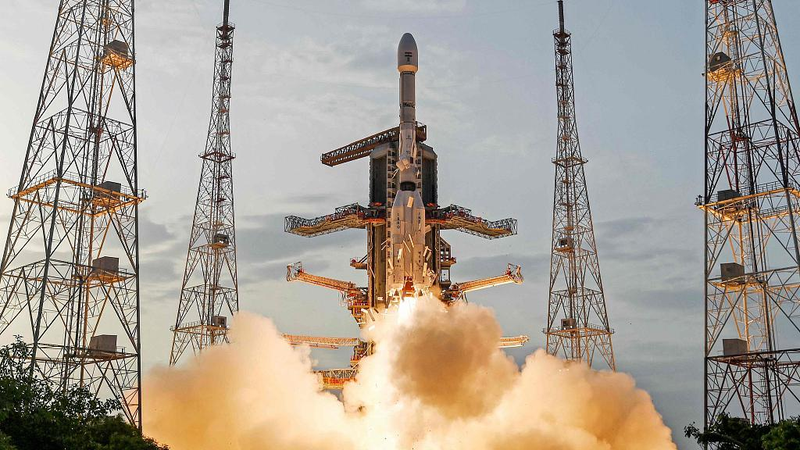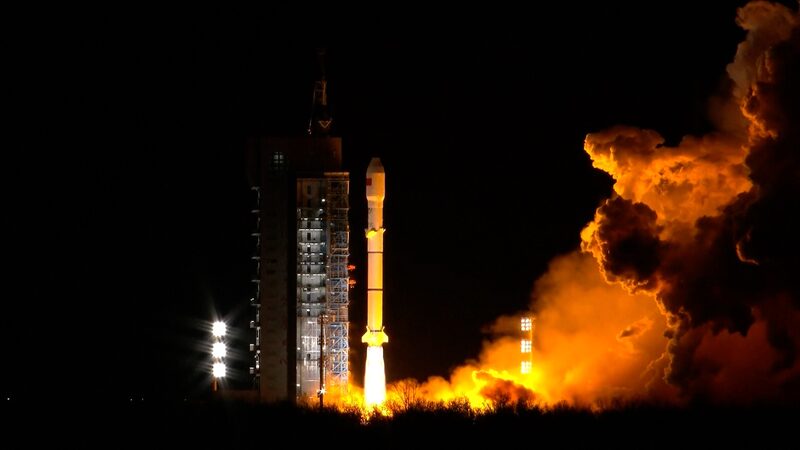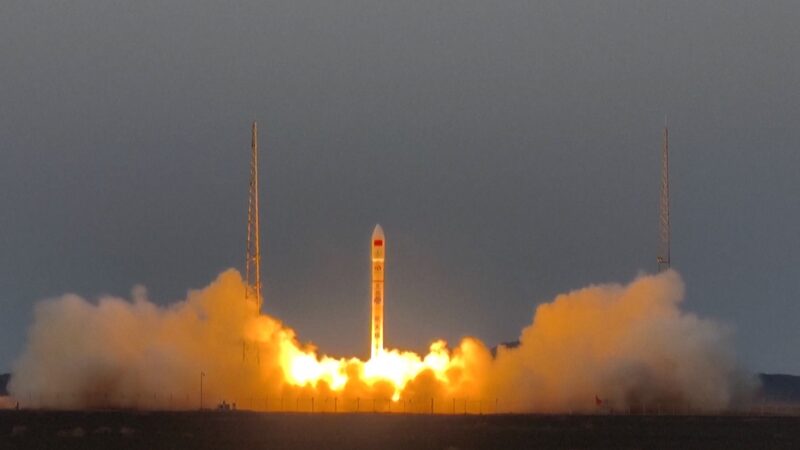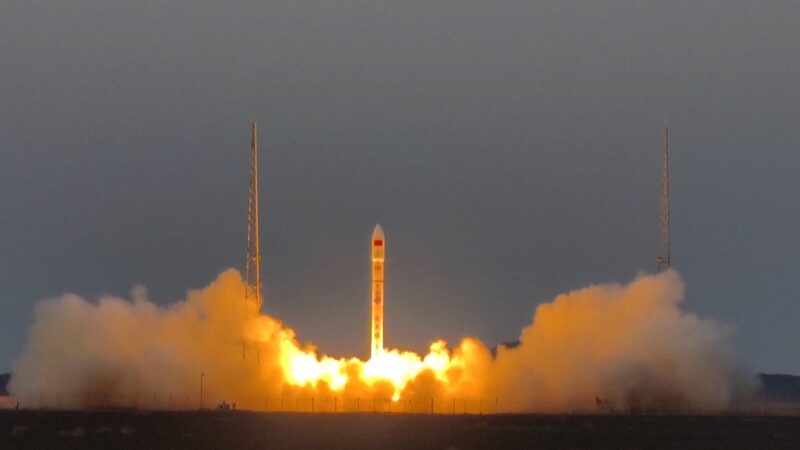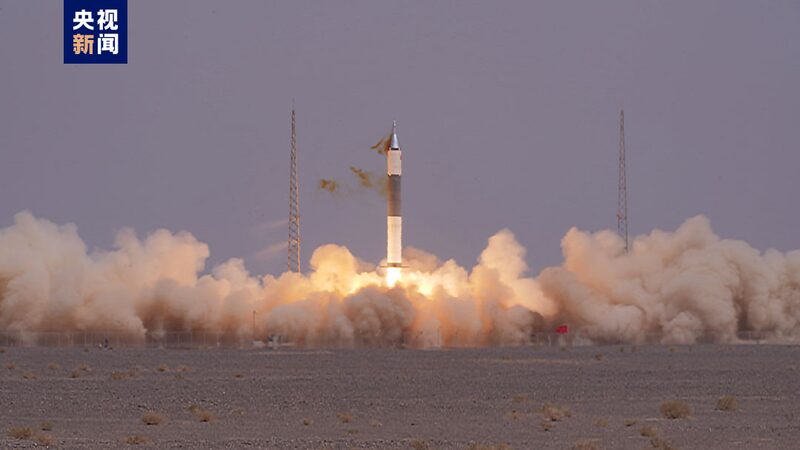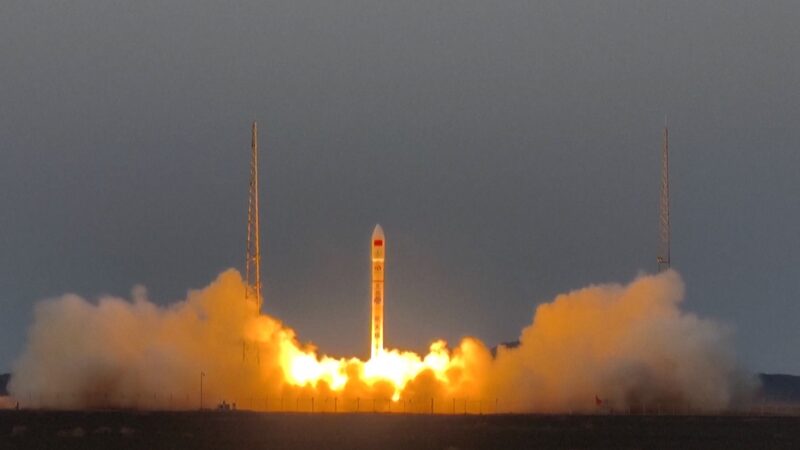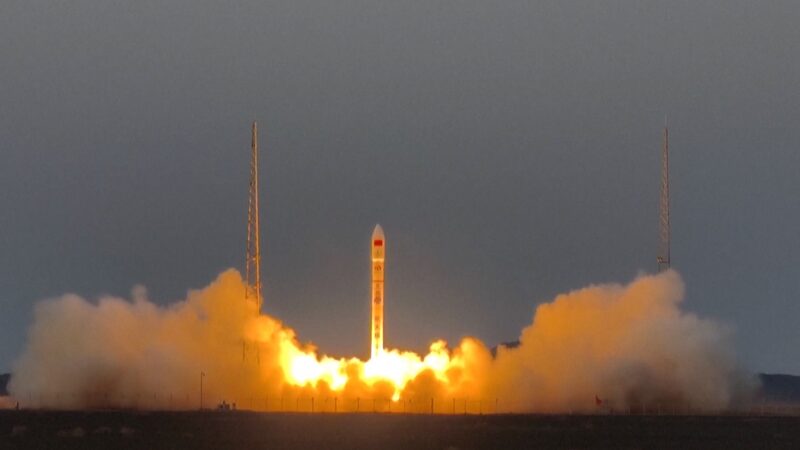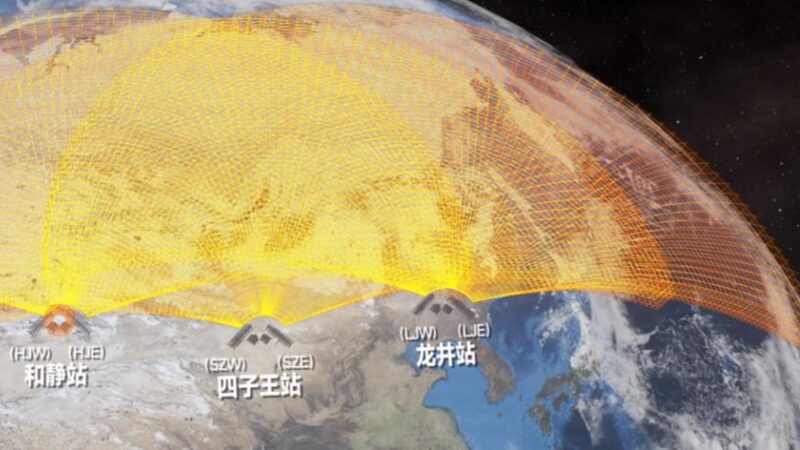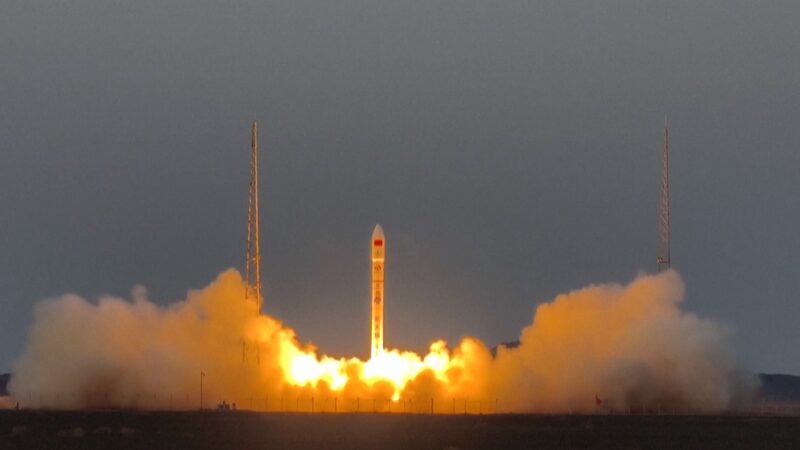India's Satish Dhawan Space Center witnessed a historic moment on Wednesday as the ISRO-NASA collaborative satellite NISAR soared into orbit aboard the GSLV-F16 rocket. This joint mission marks a significant leap in global Earth observation capabilities, blending Indian and American technological expertise.
The NISAR satellite – short for NASA-ISRO Synthetic Aperture Radar – features groundbreaking L- and S-band microwave imaging technology. Officials describe it as a "game-changer" in environmental monitoring, with its advanced SweepSAR technique enabling high-resolution imaging across vast geographical areas.
"This dual-frequency radar can penetrate cloud cover and vegetation, providing unprecedented data about Earth's surface changes," explained a mission scientist. The satellite's capabilities are expected to revolutionize climate studies, agricultural monitoring, and disaster response across Asia and beyond.
The successful launch underscores growing international space collaboration, with India cementing its position as a key player in global aerospace innovation. For business leaders and researchers, NISAR's data promises new insights into natural resource management and climate adaptation strategies.
Reference(s):
cgtn.com
